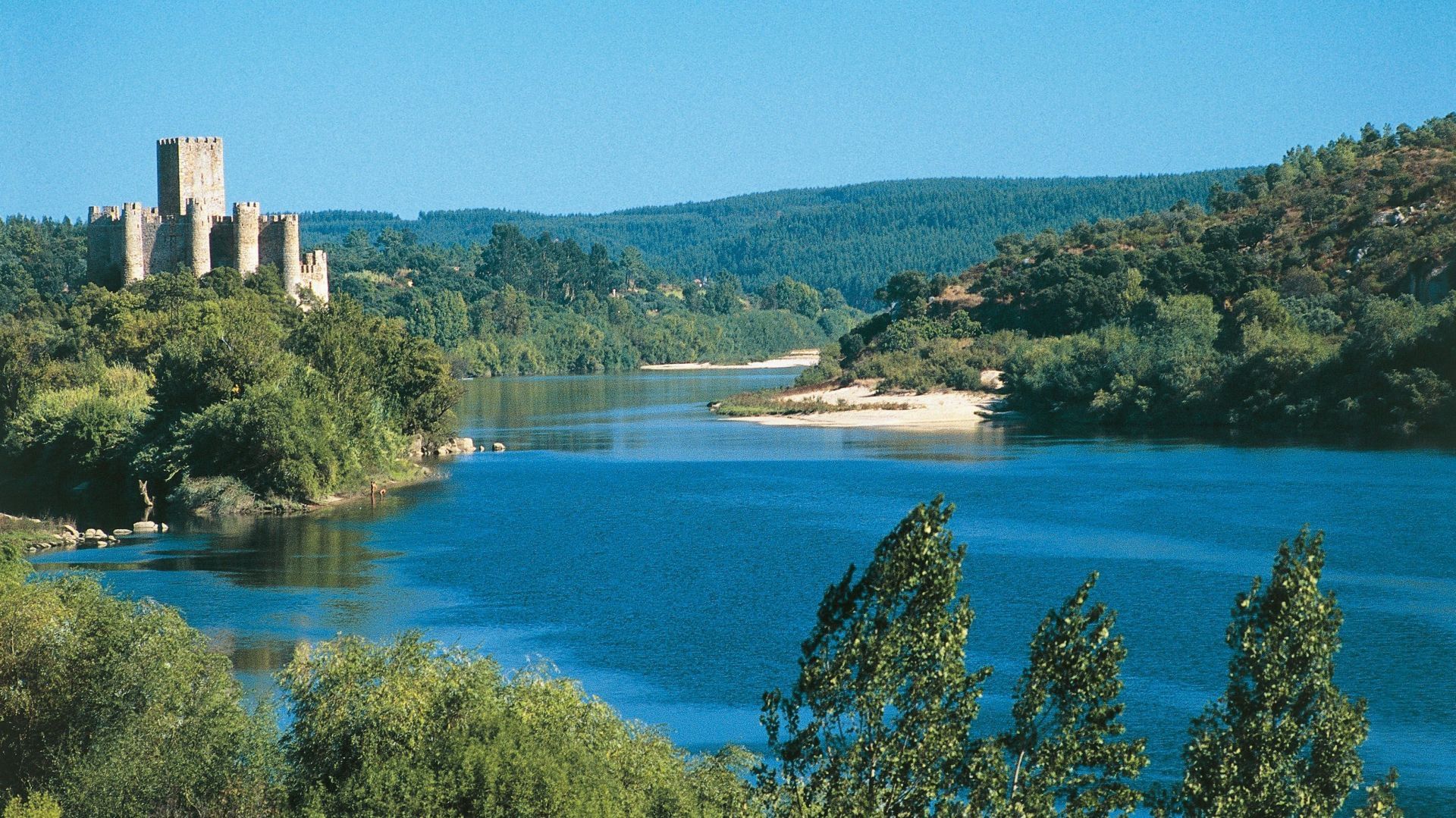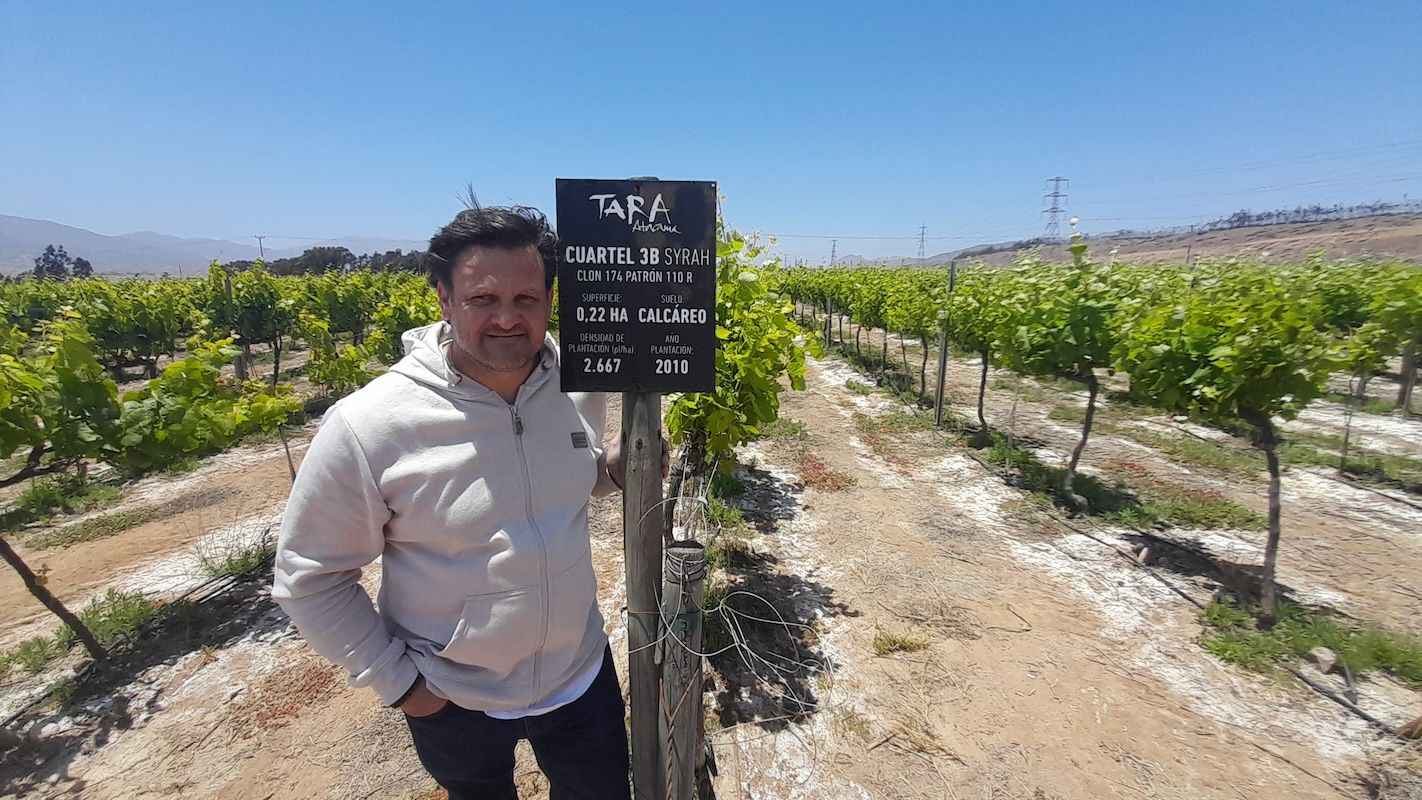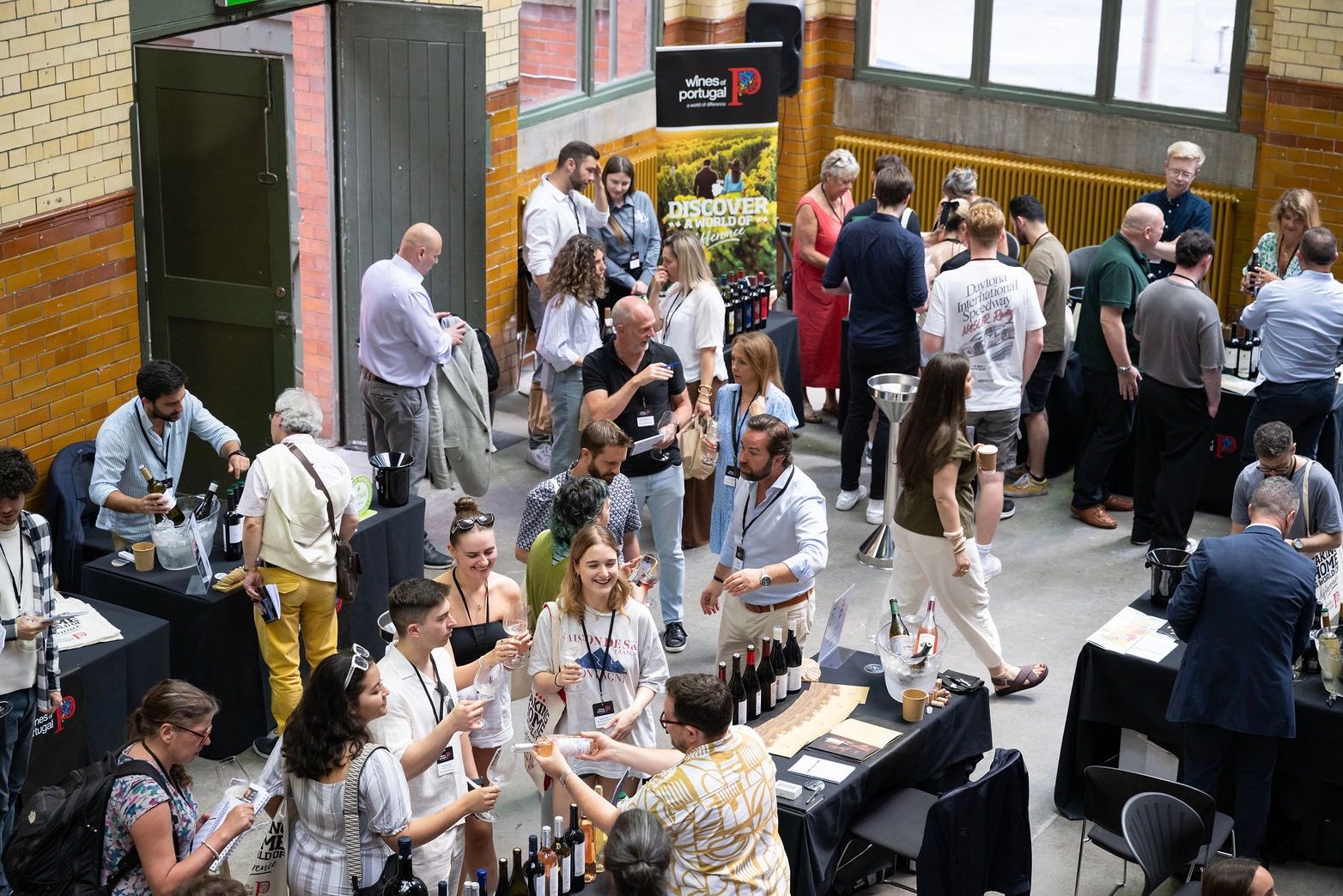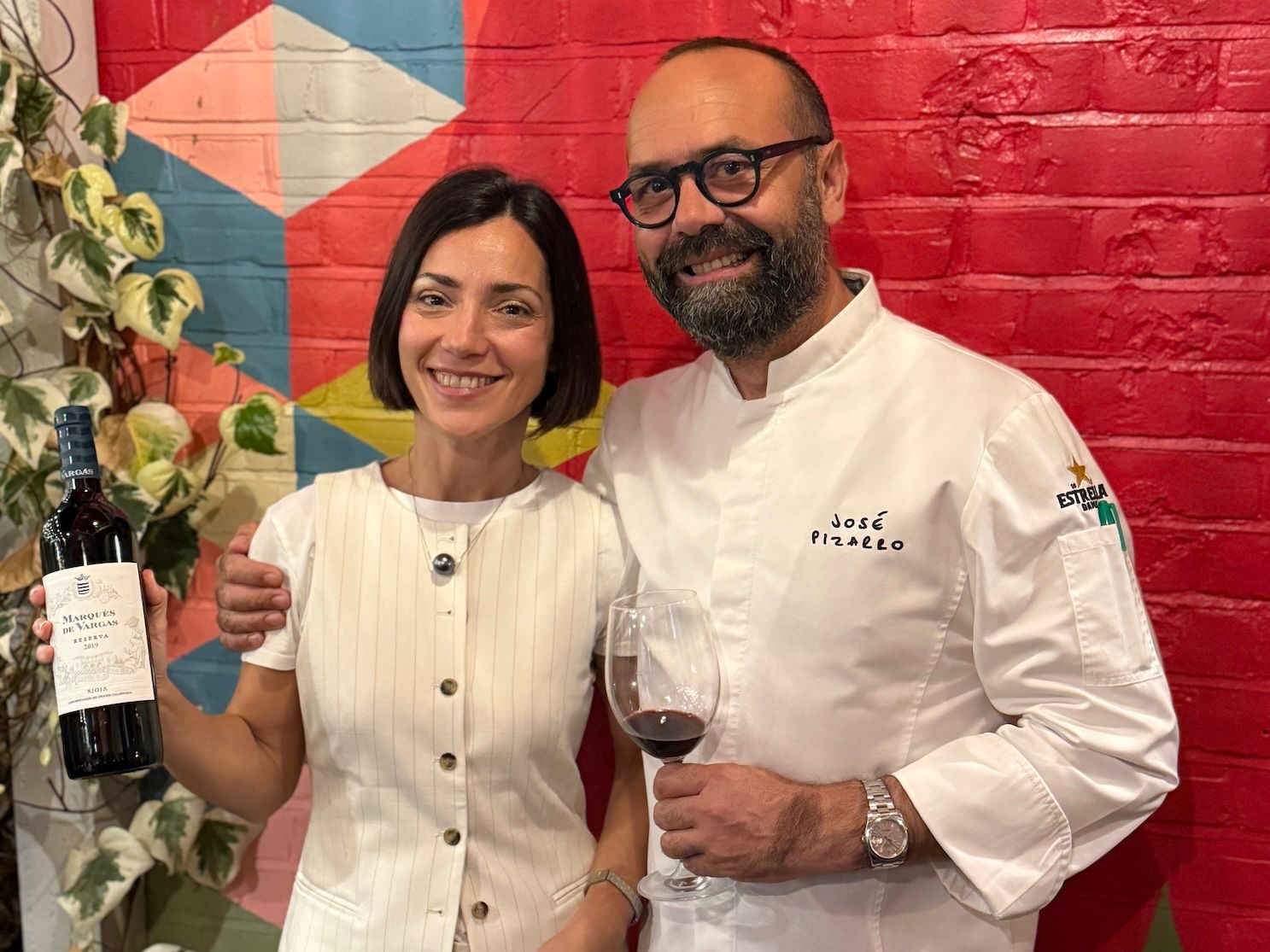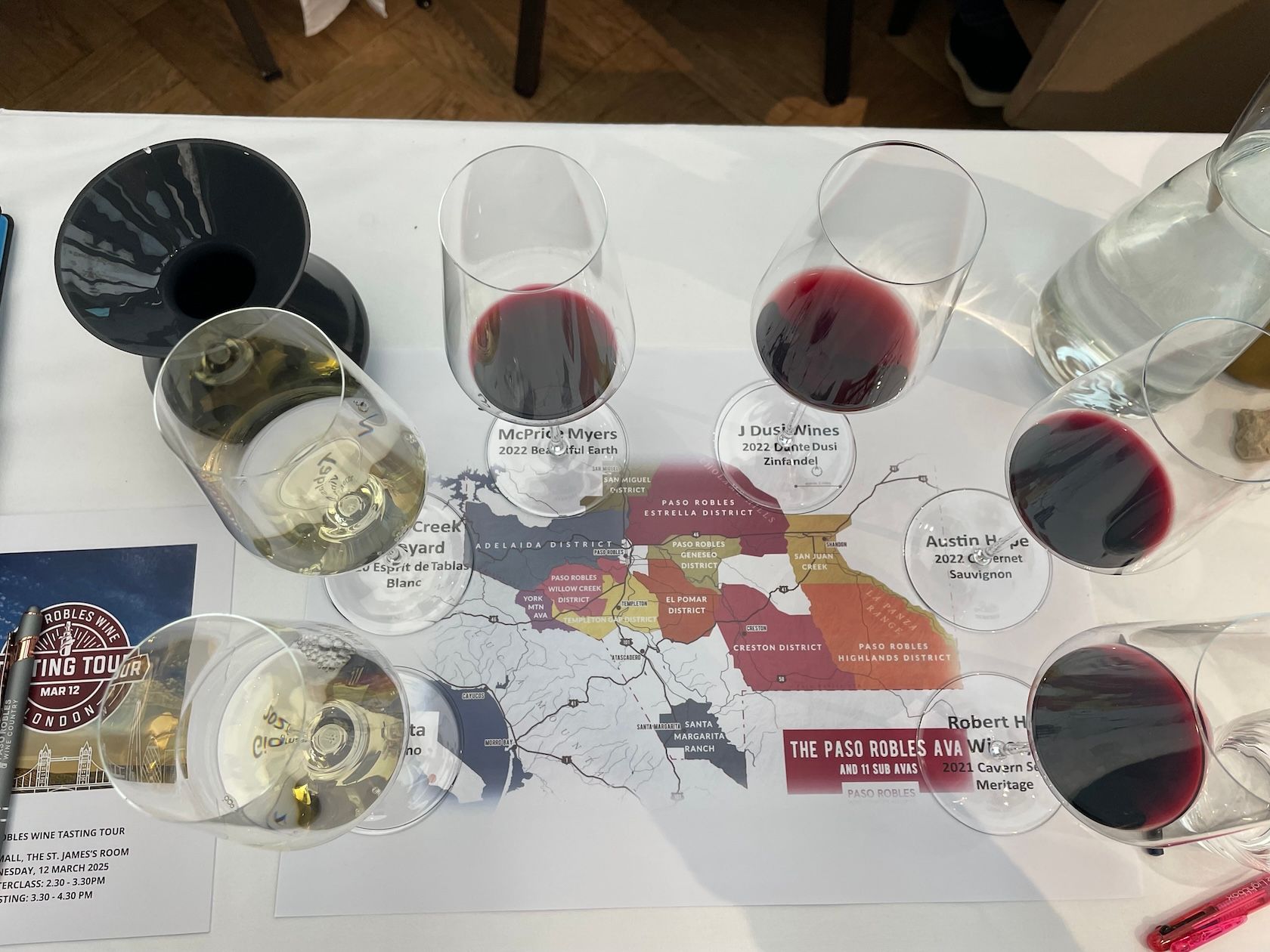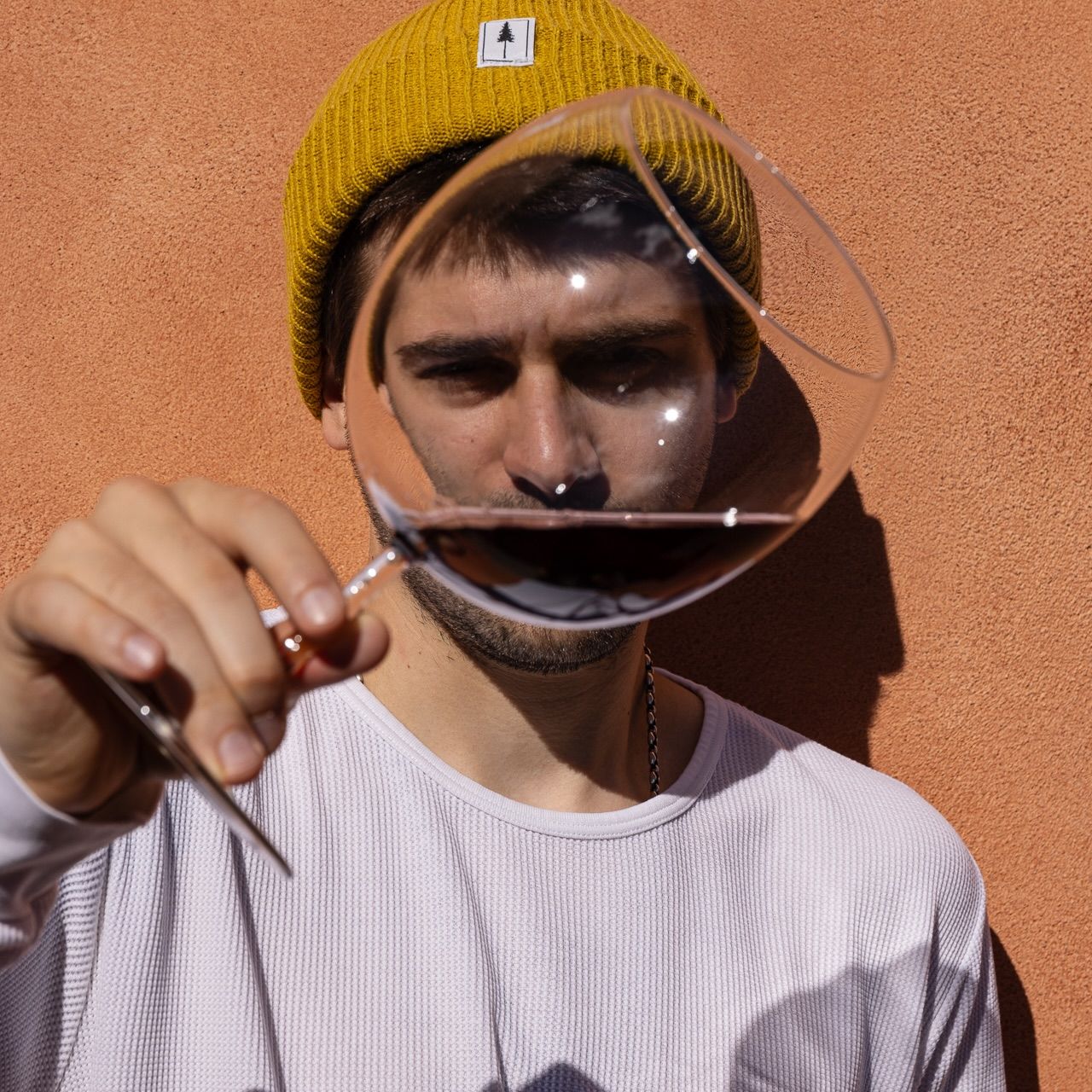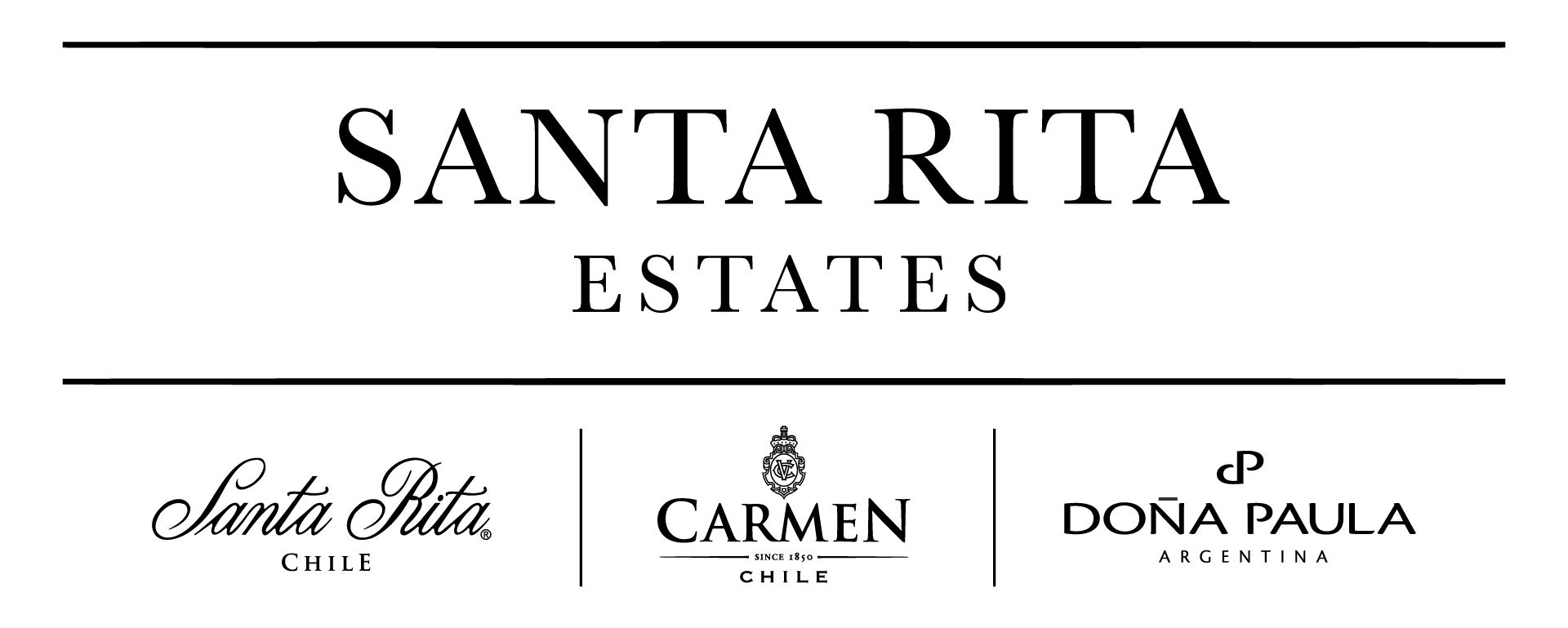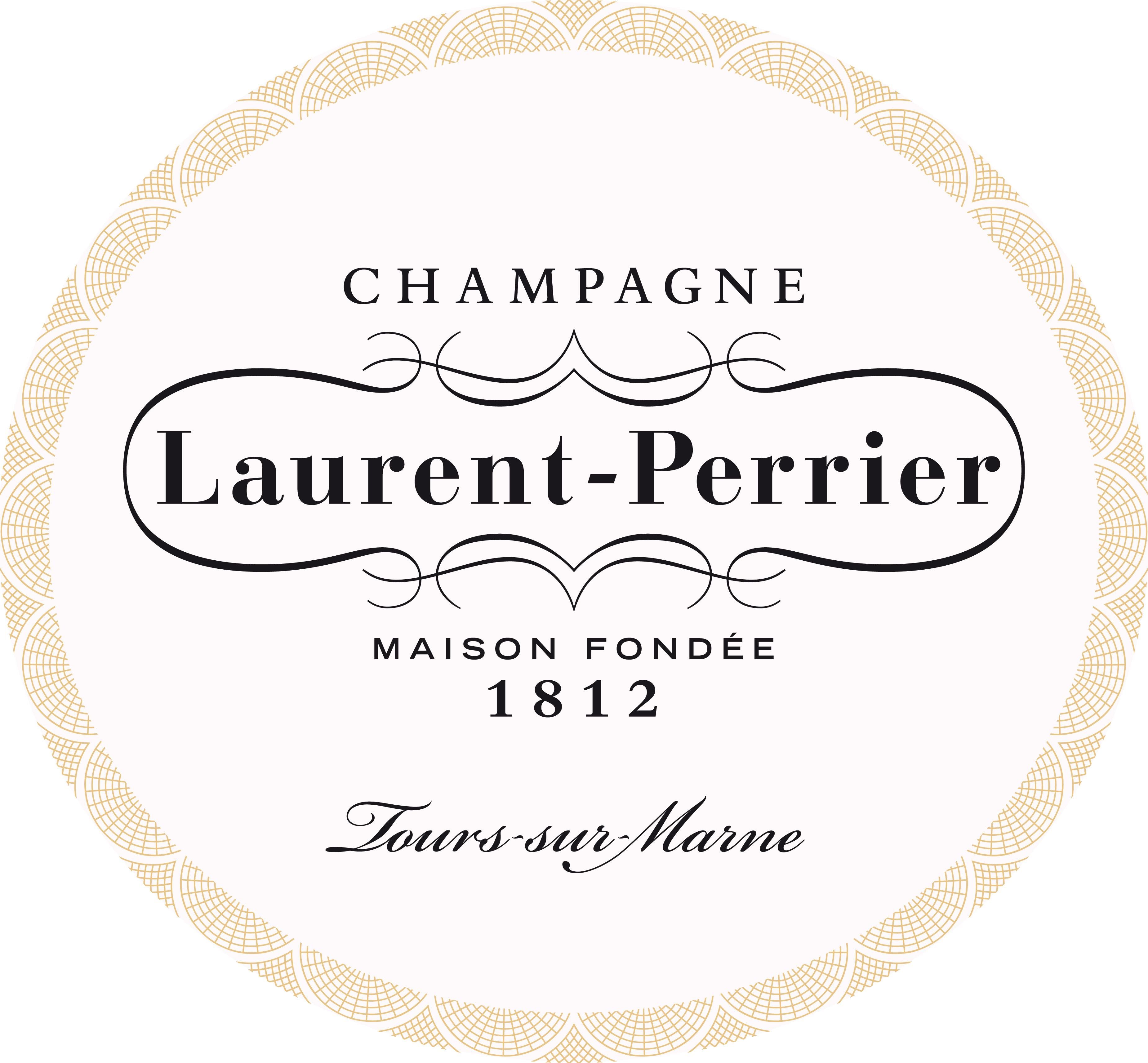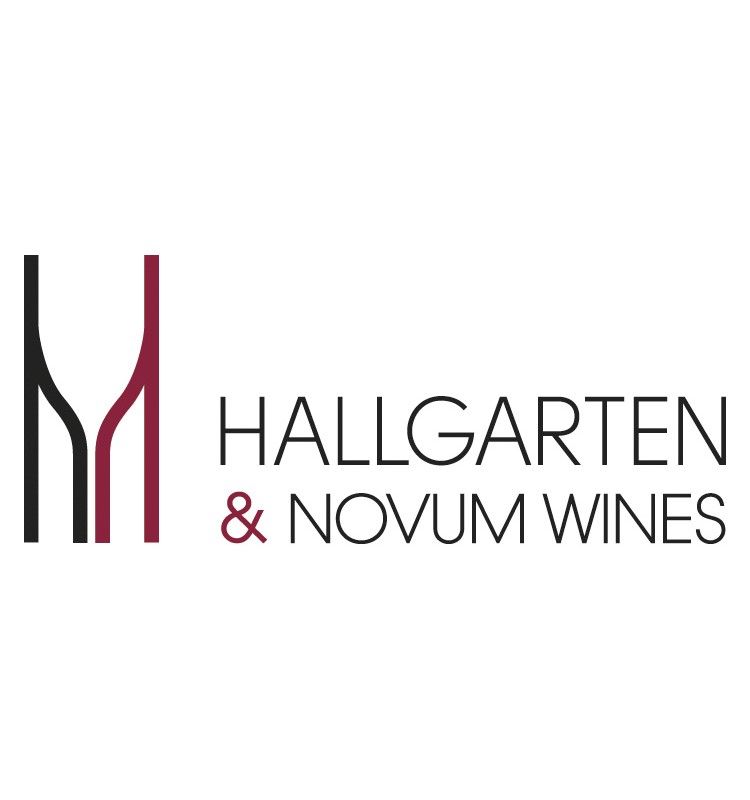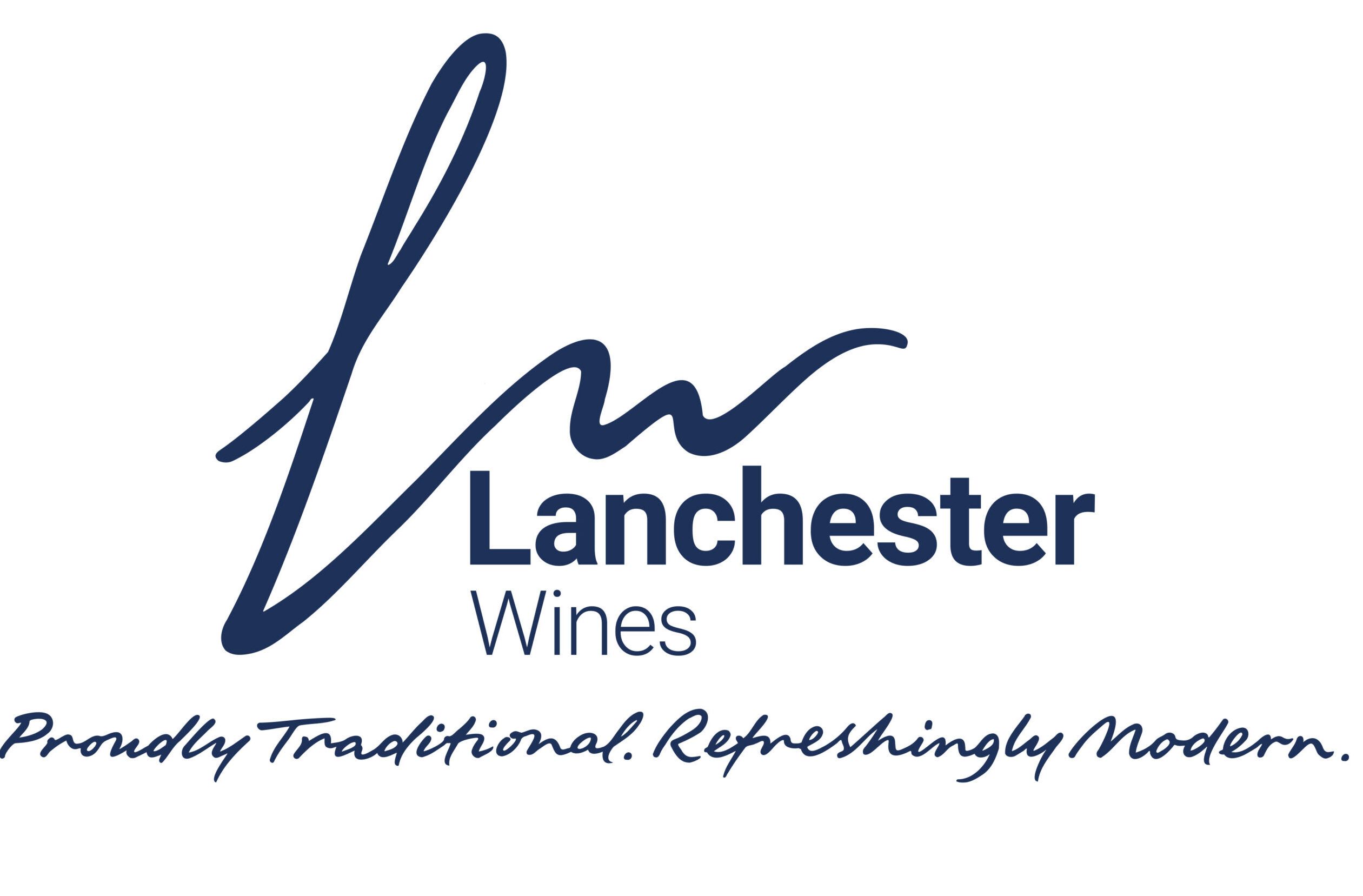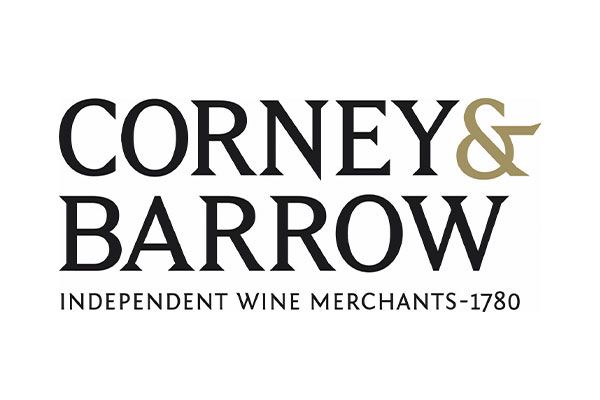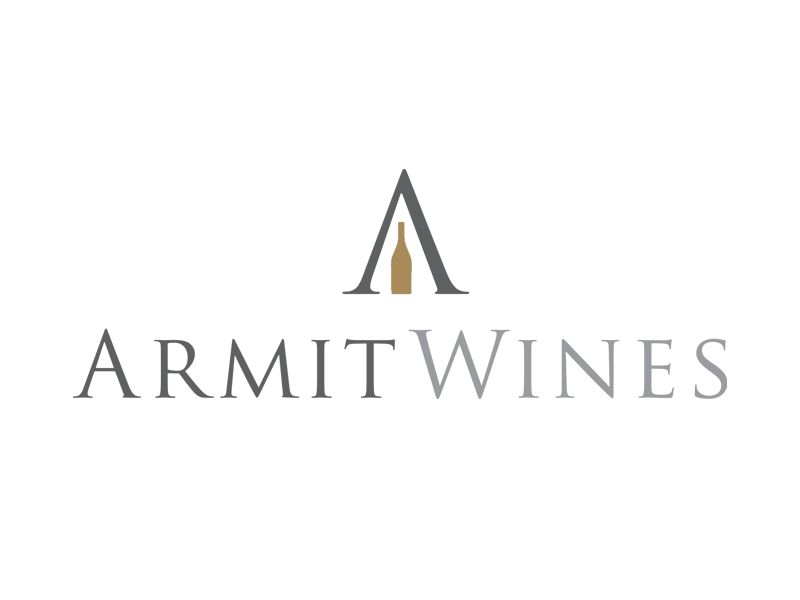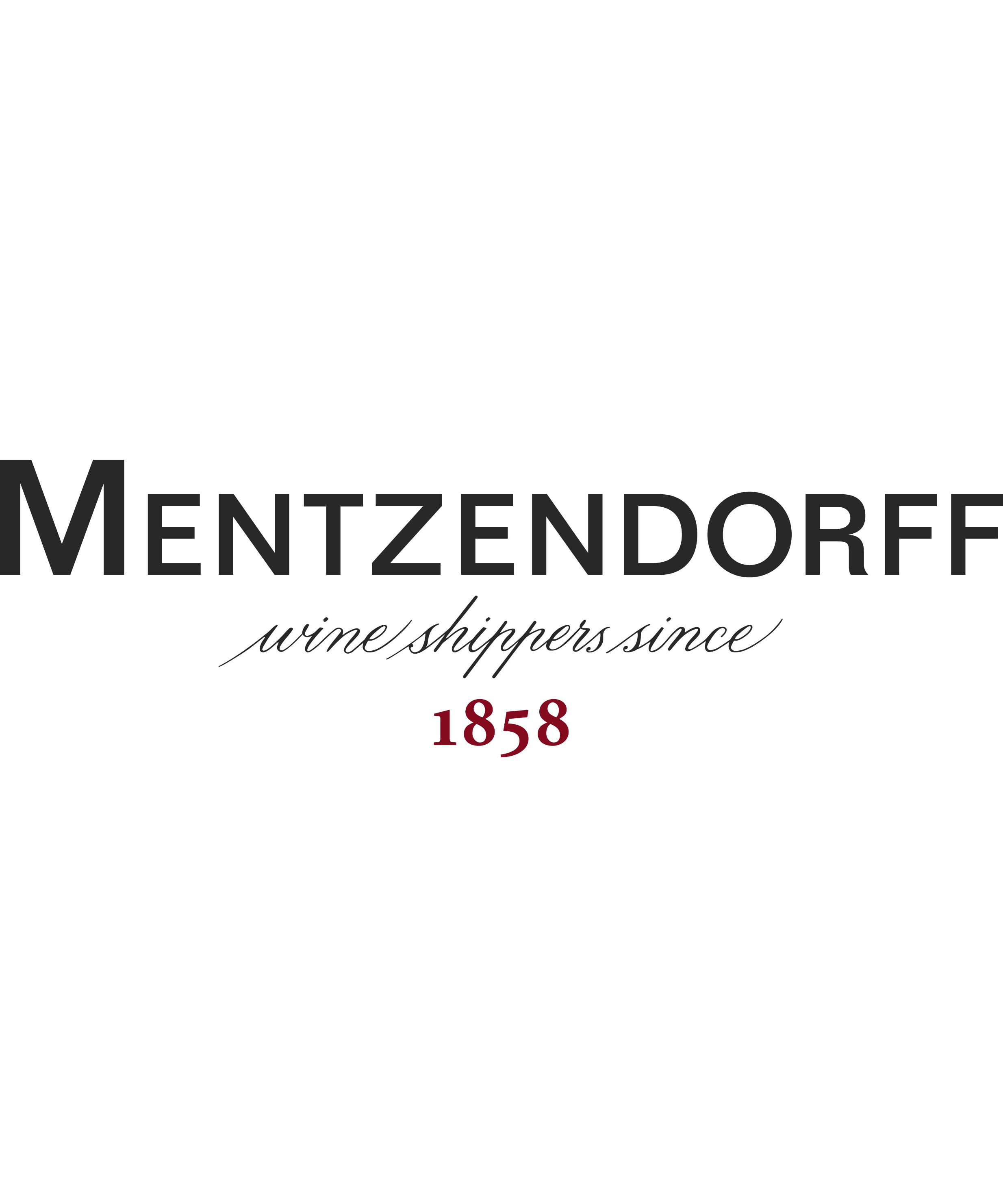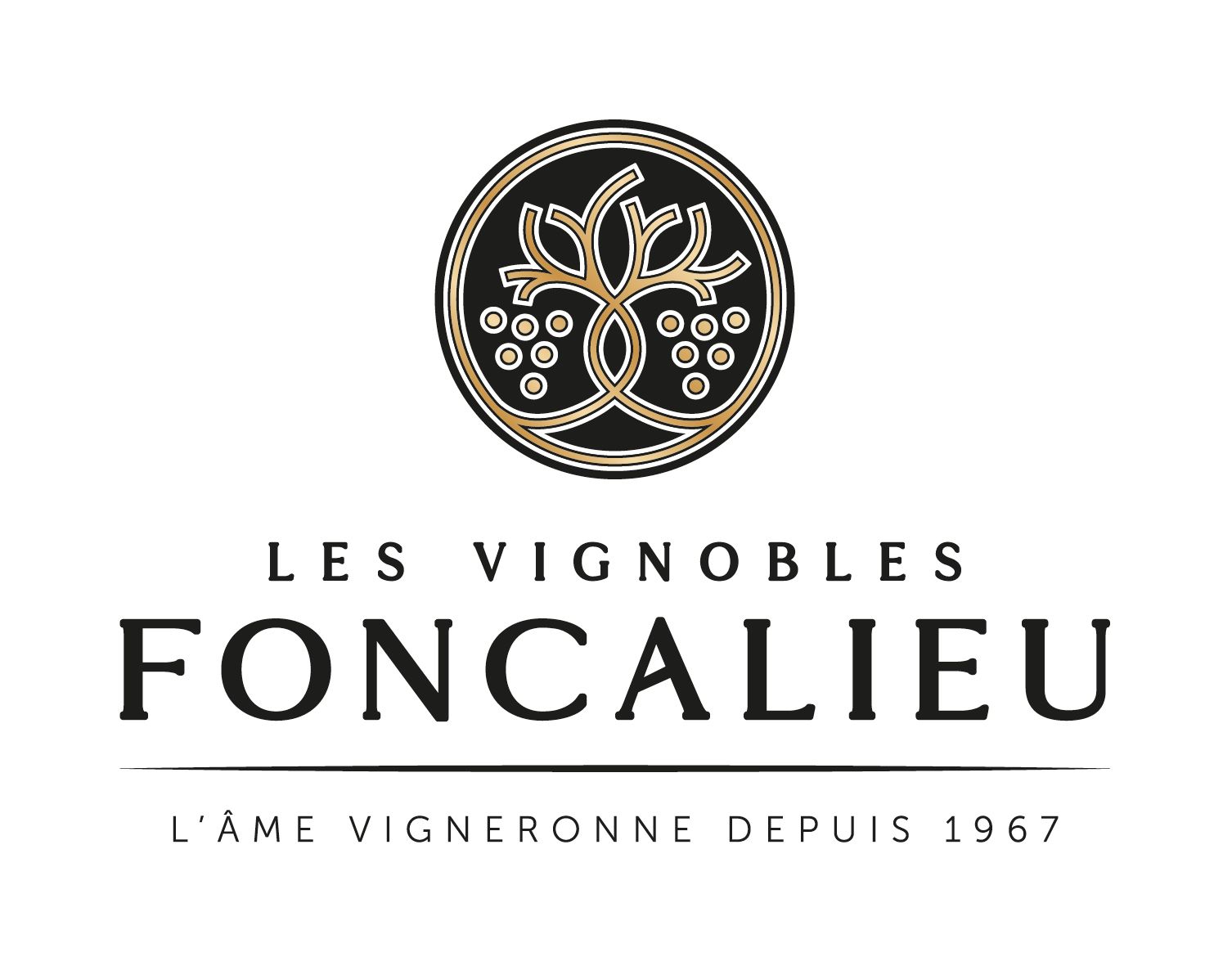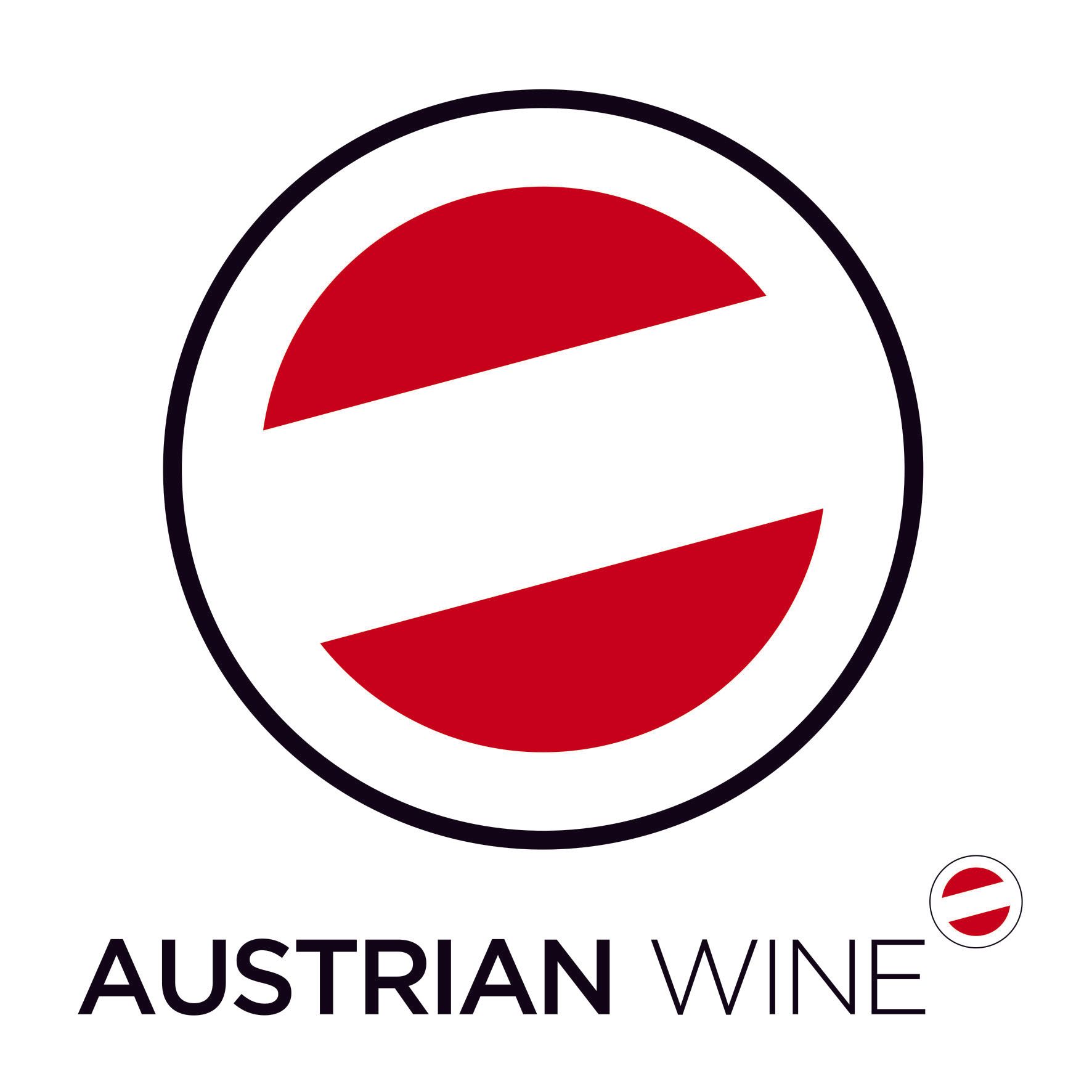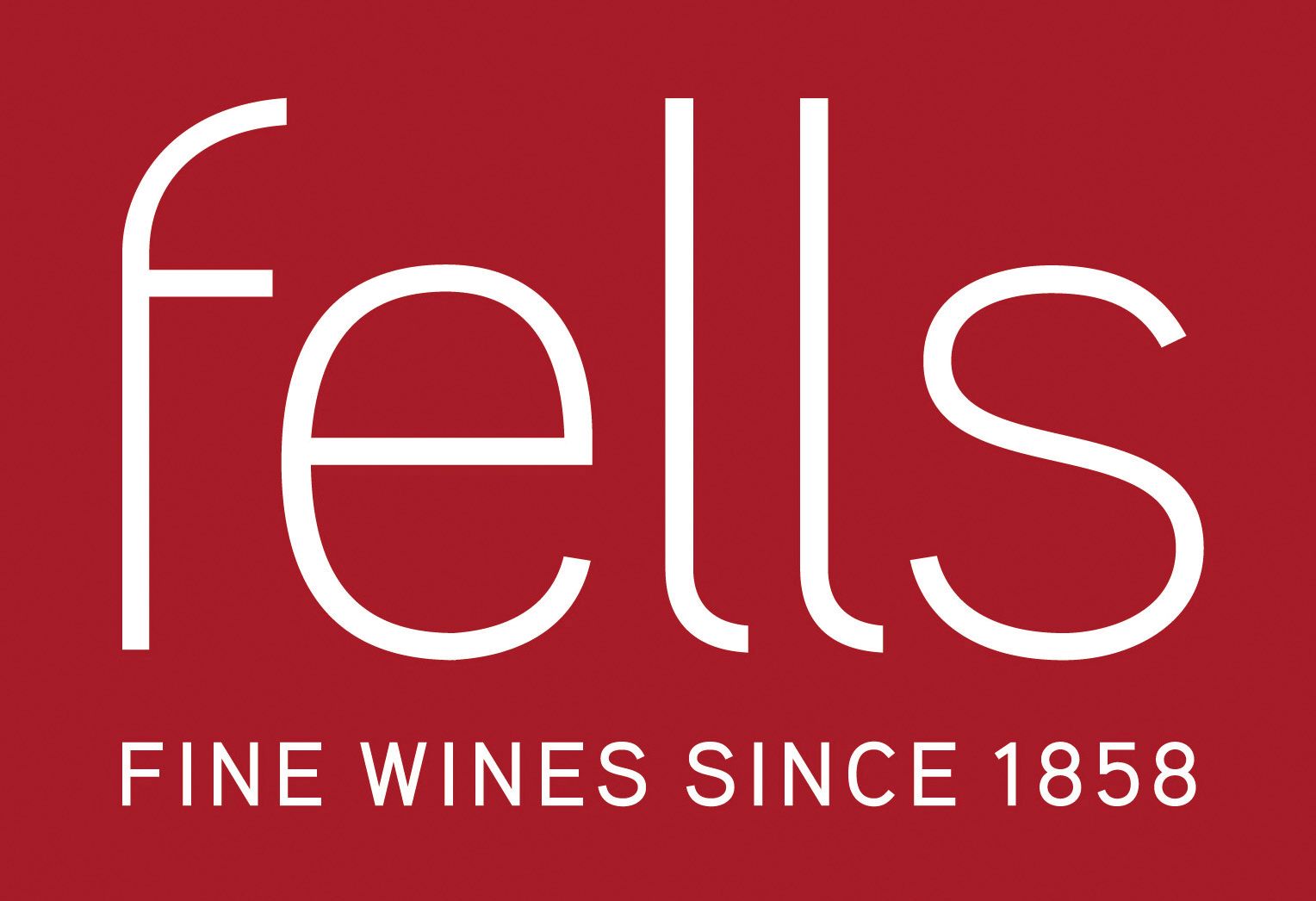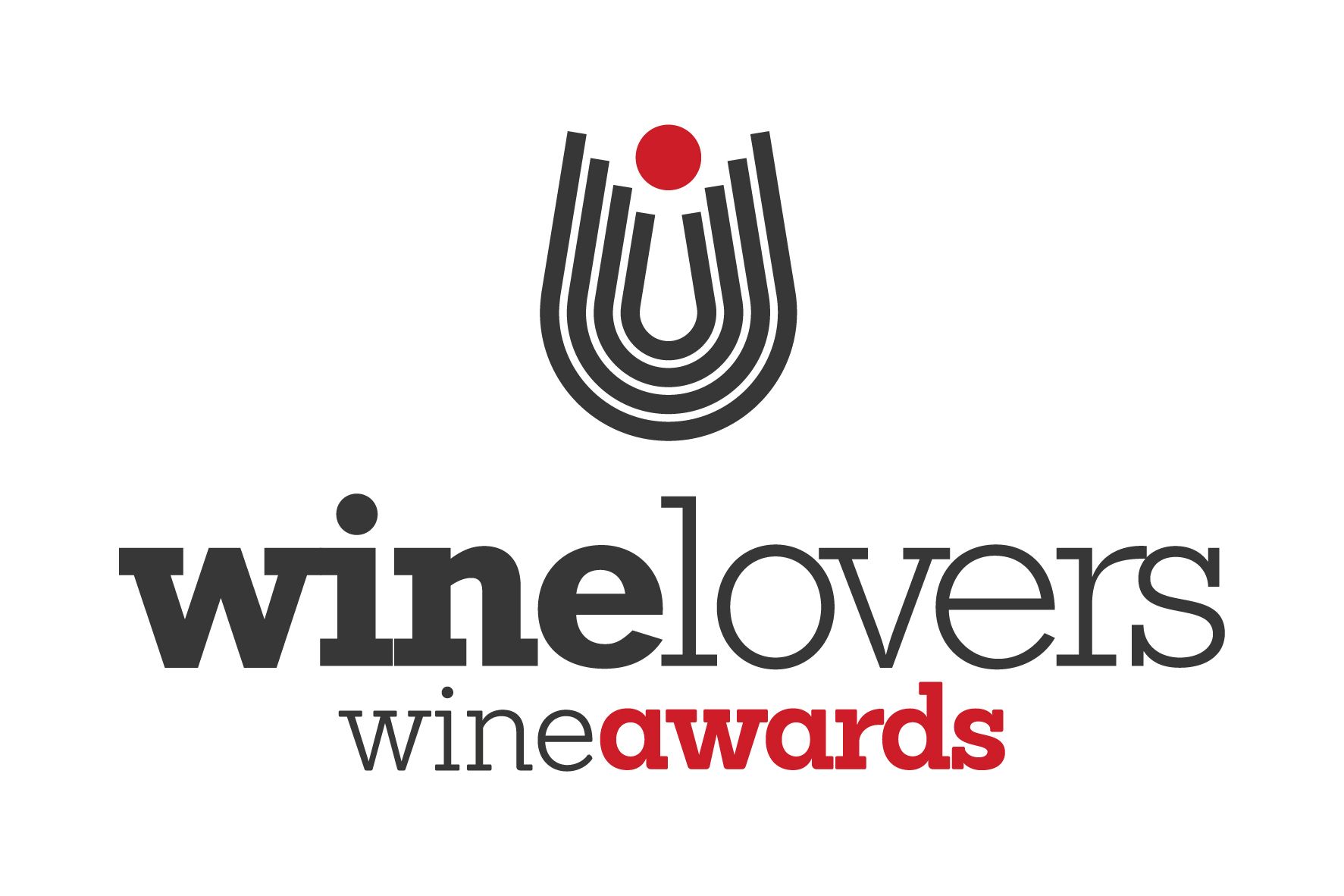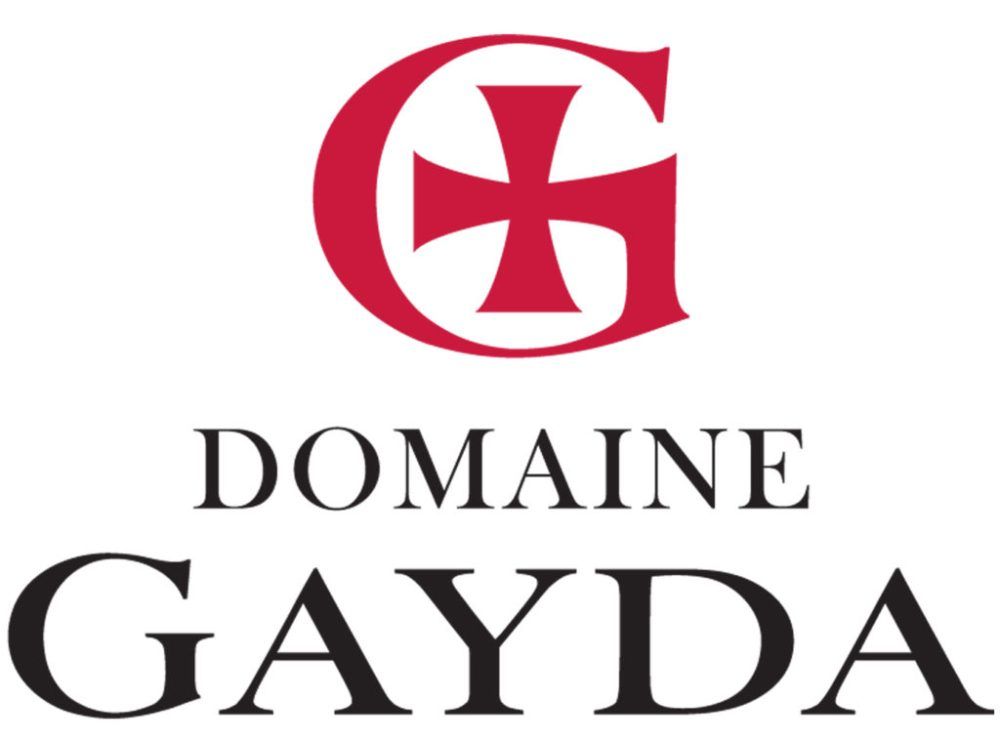Portugal is enjoying a well deserved revival in the UK premium on-trade as buyers and customer alike are drawn to its refreshing range of exciting read and white wines. Now wines from Tejo are calling out for your attention too, says Sarah Abbott MW.
Where is Tejo? Sounds familiar?

Sarah Abbott MW on what she believes make Tejo wines ideal for the UK on-trade
Tejo is the wine region up river from Lisbon, in north-central Portugal. Tejo’s vineyards hug the Rio Tejo –the great Iberian river (called ‘Tagus’ by the Romans) that arises in eastern Spain and meets the Atlantic at Lisbon. So Tejo is north east of Lisbon, through into the rural interior of Portugal. The region used to be called Ribatejo (meaning ‘Upper Tejo’).
Historically, this was one of the richest and most strategically important parts of Portugal. In the Middle Ages Tejo was the capital of the Templar Knights (of ‘The Da Vinci Code’ fame). In the 19th century, big agricultural estates– including vineyards – were a source of great wealth. The aristocrats of pre-revolutionary Portugal established their country houses, horse studs and farms in Tejo. That’s why there are so many gracious old mansions in the area – some parts of the region look like a relaxed Portuguese version of Bordeaux. With more horses.
Why the name change? Why now?
One problem with Ribatejo as a wine region name was that it was easily confused with Alentejo (the region to the south). But the name change was part of a bigger strategic overhaul led by the CVR Tejo – the producer body that oversees the region. Tejo has reinvented itself in the last 10-15 years from a source of easy-drinking house wine to a champion of young Portuguese winemaking talent, and a source of fresh, new-wave Portuguese wines. They wanted a name and an identity to reflect that. Vineyard area has decreased by around a third as producers focus on the terroirs with quality potential, rather than quantity.
Why does it deserve/need to have its own region?
The Rio Tejo is fundamental to the character of the wines from this area, which is very particular in the context of Portuguese wines. It gives a moderate but nuanced climate that means Tejo can produce a huge range of styles. This is unusual. You find quality and character in every style here, including sparkling, rosé, white, red and sweet. They all have Tejo trademark roundness but freshness.
Every wine region is comprised of its terroir, history and people. And Tejo is notable for some very dynamic young winemaking talent. It’s a place where experimentation is not too constricted by tradition. It’s one benefit of being under the radar.
How does it differ from other Portuguese regions? Its USPs…
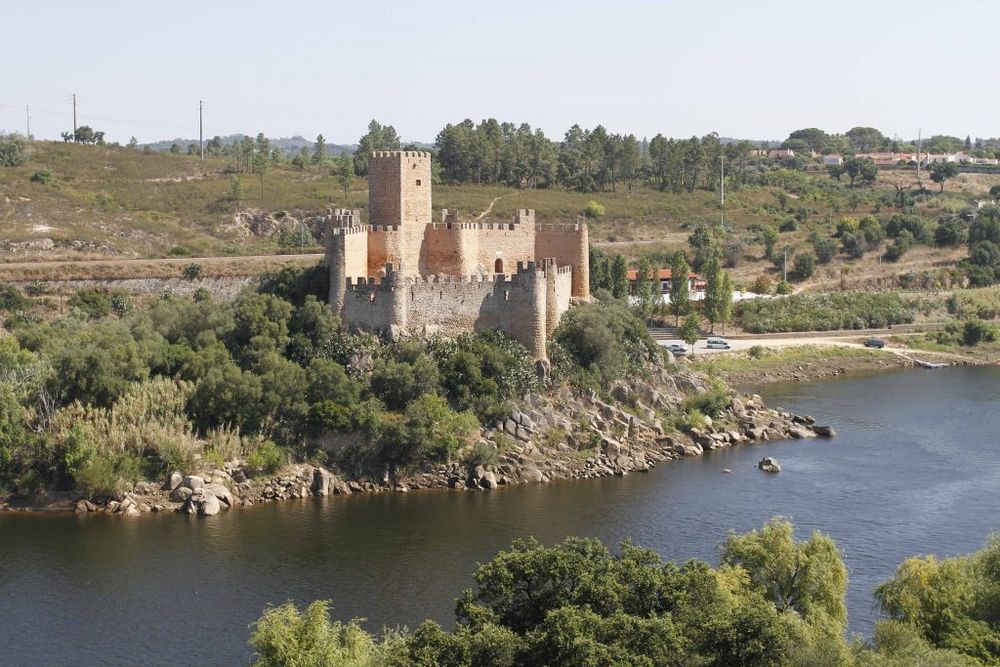
Trabalho Fotografico CVR
Tejo’s historical links to European aristocracy have left a legacy of old vine ‘international’ varieties including Cabernet, Syrah and Alicante Bouchet, which is usually thought of as a bit of a delinquent, but which is truly delicious from the old vines here. Tejo is notable for its blends of international and Portuguese varieties. This is an old tradition, and it works really well. (As in every wine region of Portugal, there is a cornucopia of indigenous varieties in Tejo.)
The white wines of Tejo are its secret weapon. These dry but juicy, gently aromatic whites are on the same thread as new wave Vinho Verde, but offer a wider range of varieties, and also some seriously complex, mineral and lees and barrel-aged styles.
Why are you involved?
My friend and former colleague at the IWC, Sam Harrop MW, knows Tejo well and was a winemaking advisor here. He knew that the CVR Tejo was looking for help to communicate with the UK trade. He recommended me to Luis del Castro of the CVR. I came out last year before we did any work to take a look at the region, taste the wines, and make sure they were ‘ready’. The preparation Tejo have done with Wine Intelligence has really helped them get ready for the UK market, and also understand and value what they do best.
Which of its grapes/styles do you think are best suited to UK market and why?
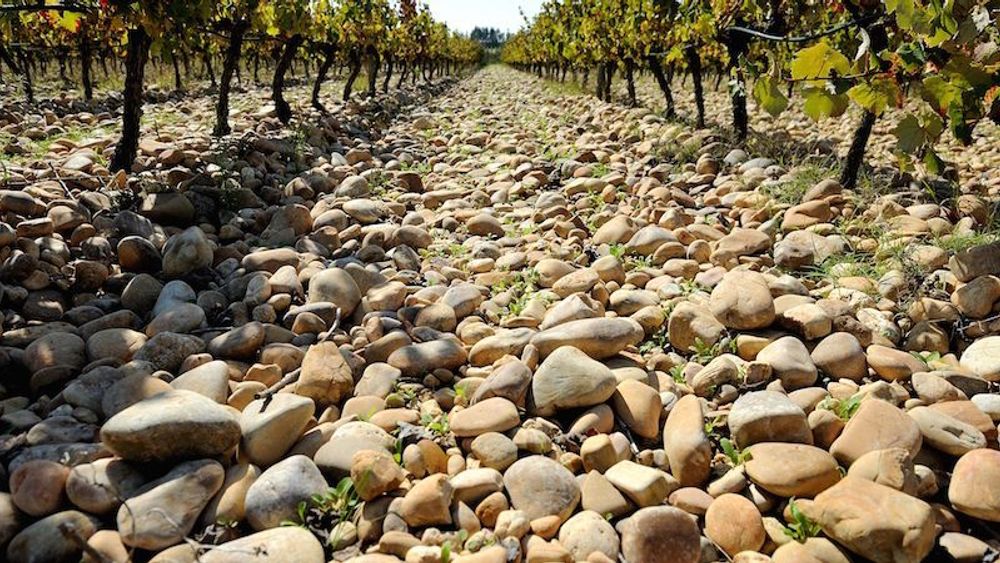
Tejo unique terroir and proximity to the river are part of what gives its wines an edge
Helpfully, we have a very good idea of what Tejo styles would suit the UK on-trade because Wine Intelligence undertook a research program with major on-trade importers and buyers. The research indicated that Tejo’s white wines – especially blends such as Chardonnay/Arinto and FP/Sauvignon – have a lot of appeal given the rise in informal dining and the blurring between drinking/dining.
Wines that are balanced but not austere, fruity but not facile, work really well in that context. Tejo reds typically have more freshness and less heft than (for example) Alentejo, which makes them good candidates for by the glass listings.
The prices of all Tejo wines remain very fair for the quality and character, and there is so much choice for listing wines by the glass at low-risk price points. The wines are well suited also to the ‘grazing’ style of dining, when customers offer several small plates of different styles of food, and share them.
Regionality can be a good trade marketing exercise but how do you translate that to consumers?
Awareness and appreciation of Portuguese wines is growing, but its still the great undiscovered and underestimated European wine country. That’s starting to change. You just need a couple of heroes to break through – I think the great work done by Vinho Verde and the Douro is helping all of Portugal’s wine regions.
We know that the on-trade and independent off-trade have been key to driving increased sales and awareness of Portuguese wines. That’s where we will be working to reach consumers – by supporting those parts of the trade.
How do merchants/ sommeliers best talk about a region like Tejo? Country first send then region or directly promote Tejo?
We have to be creative and flexible about this. Tejo is probably the most up-and-coming wine corner of the most up-and-coming wine country! Grape variety can be another way in. For example, there are many superb single varietal bottlings of Touriga Nacional being made in Tejo, which is becoming a bit of a buzz grape. Tejo whites can be introduced as the delicious and interesting cousin of Vinho Verde.
Consumers are just as likely to think in terms of style, grape or consumption context than in terms of geographical origin.
What are you doing at London Wine Fair?
Ten Tejo producers are attending the fair. In addition to their individual stands, I will be presenting two informal tastings daily at 11am and 2pm. Each session features 10 wines (different wines for each session!) that I’ve chosen to give a birds eye view of what Tejo can offer.I encourage buyers to come along and try the wines and talk to the producers.
- You can find Wines of Tejo at LWF on stand
